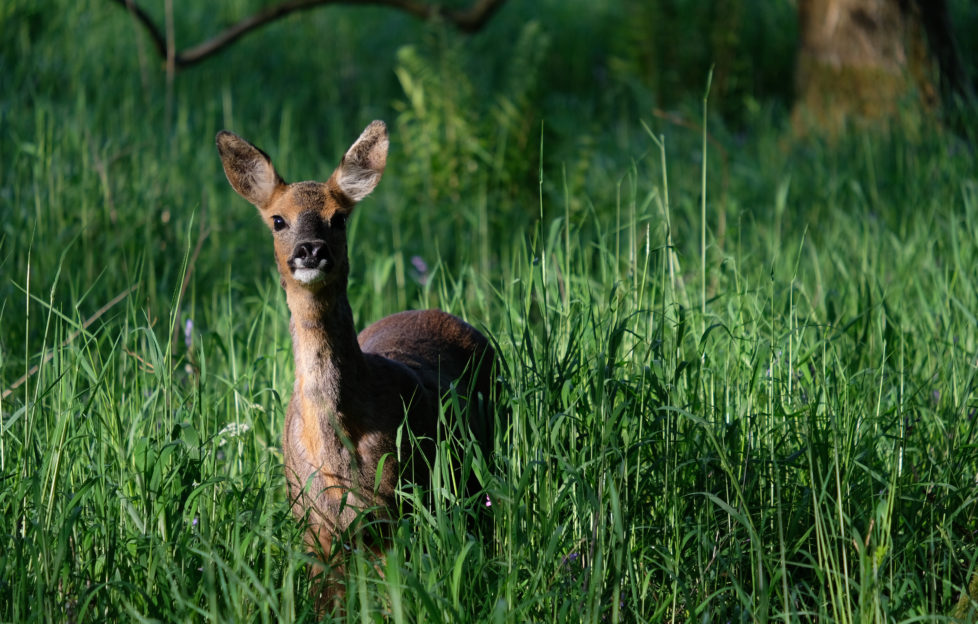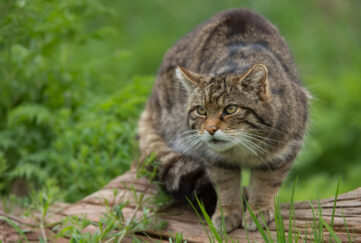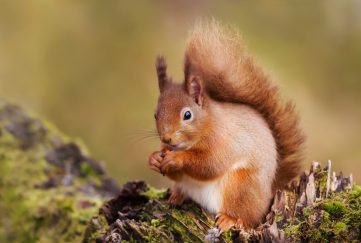Five Fascinating Facts: Roe Deer

The roe deer can be spotted throughout Scotland and it’s always a lovely sight!
1. Roe deer don’t live in herds
During the summer months, they are often spotted on their own or as a mother and her offspring. However, in the winter they do form small but loose groups for comfort.
2. The males are called bucks and the females are called doe.
3. Mothers normally give birth to twin kids or fawns.
The mother then keeps them apart for their first week, visiting and feeding them separately. And although breeding season is July and August, the pregnant doe don’t give birth until summer. This delay is thought to have evolved to avoid conflict for breeding territory and giving birth in harsh winter months.
4. When startled, both sexes of roe deer make a dog-like barking sound.
5. Roe buck have short antlers, typically with no more than 3 points.
These are shed in the winter and are usually fully grown back by the end of the spring for the breeding season.
WHERE TO FIND THEM:
You will spot roe deer throughout Scotland. Of all the deer in Scotland, roe deer have the largest range of habitats. They can be found in cities such as Aberdeen and across the mainland into various moorland in the Highland, as well as on the Isles of Arran, Bute, Islay, Seil and Skye.
- You can read Jim Crumley’s Scottish wildlife columns online and each month in The Scots Magazine.
- Subscribe to The Scots Magazine today for more of Scotland’s wildlife






